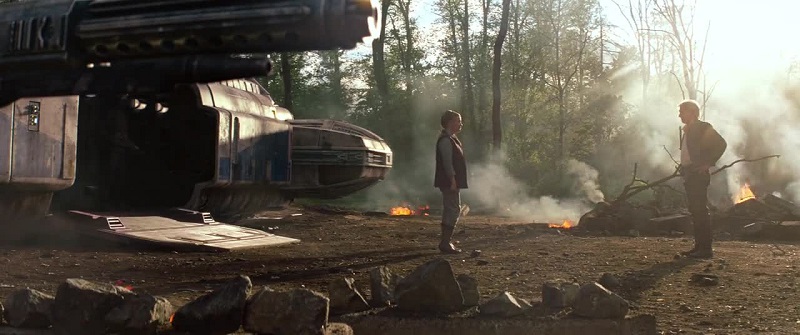
Intrinsic to the premise of a sequel trilogy—obviously—is the notion that Return of the Jedi was not, in fact, the end of the Star Wars story. Proceeding from that, there are two basic strategies with which to approach further material; the Bantam-era Expanded Universe tried one in which the characters lived more or less happily ever after, and The Story would therefore concern itself only with minor trials and tribulations; speedbumps instead of true pitfalls. Eventually that approach turned off enough people that the Del Rey-era EU took the second road: one along which things could really go horribly wrong.
But let’s not get into all that again. The thing is, the missteps of late Legends notwithstanding, you can’t do a true follow-up to the original trilogy without Big Things Going Wrong. It wouldn’t be as interesting for new audiences who weren’t desperate for as much Big Three material as they could get, and it certainly wouldn’t have been interesting enough to drag all three original actors back into their respective robes, hair buns, and stripey pants.
Proceeding from that, then, is the unpleasant fact that getting new movies means our beloved Big Three had to fuck some things up. Read More
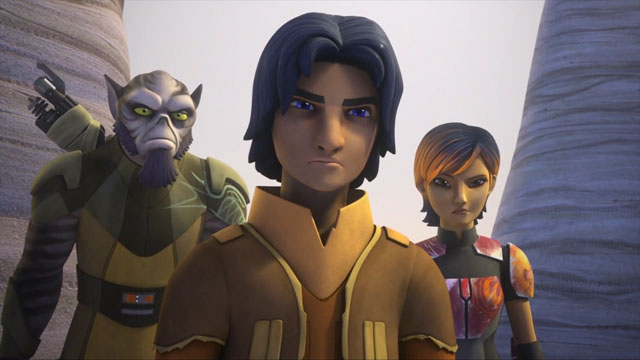
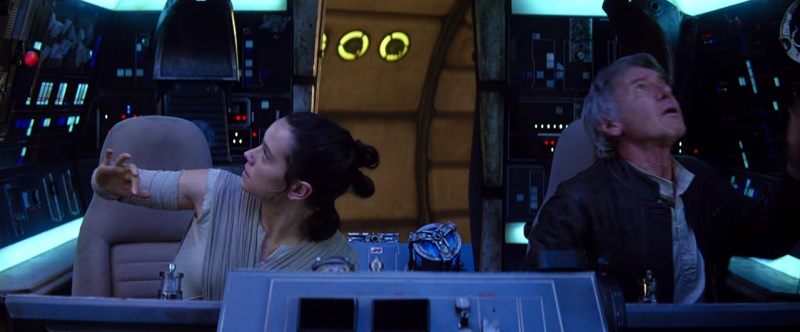
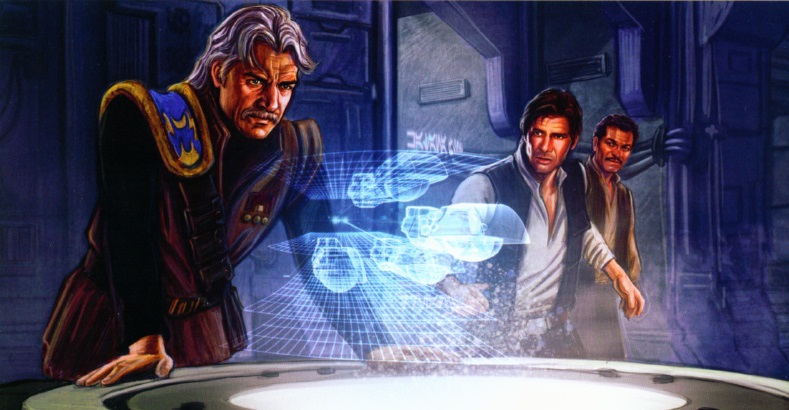
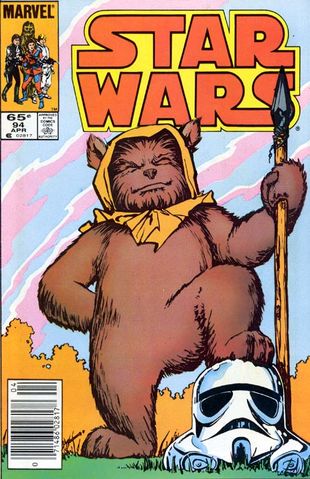 idea I could come up with was Leia getting pregnant with Ben immediately—like, “the night of the Endor celebration” immediately. The impending child not only accelerates her coming to terms with her heritage (and motivates her and Han to marry sooner) but gives her a huge extra reason to end the war with the Empire as soon as possible. Sure enough, Leia taking an even more aggressive role in the military campaign brings about a swifter military victory, and perhaps even further motivates complacent core worlders to rally behind her as a post-Empire figurehead. This has all sorts of random ripple effects, too—different people come to lead the Imperial Remnant, Luke perhaps founds his new Jedi Temple sooner, and so on.
idea I could come up with was Leia getting pregnant with Ben immediately—like, “the night of the Endor celebration” immediately. The impending child not only accelerates her coming to terms with her heritage (and motivates her and Han to marry sooner) but gives her a huge extra reason to end the war with the Empire as soon as possible. Sure enough, Leia taking an even more aggressive role in the military campaign brings about a swifter military victory, and perhaps even further motivates complacent core worlders to rally behind her as a post-Empire figurehead. This has all sorts of random ripple effects, too—different people come to lead the Imperial Remnant, Luke perhaps founds his new Jedi Temple sooner, and so on.